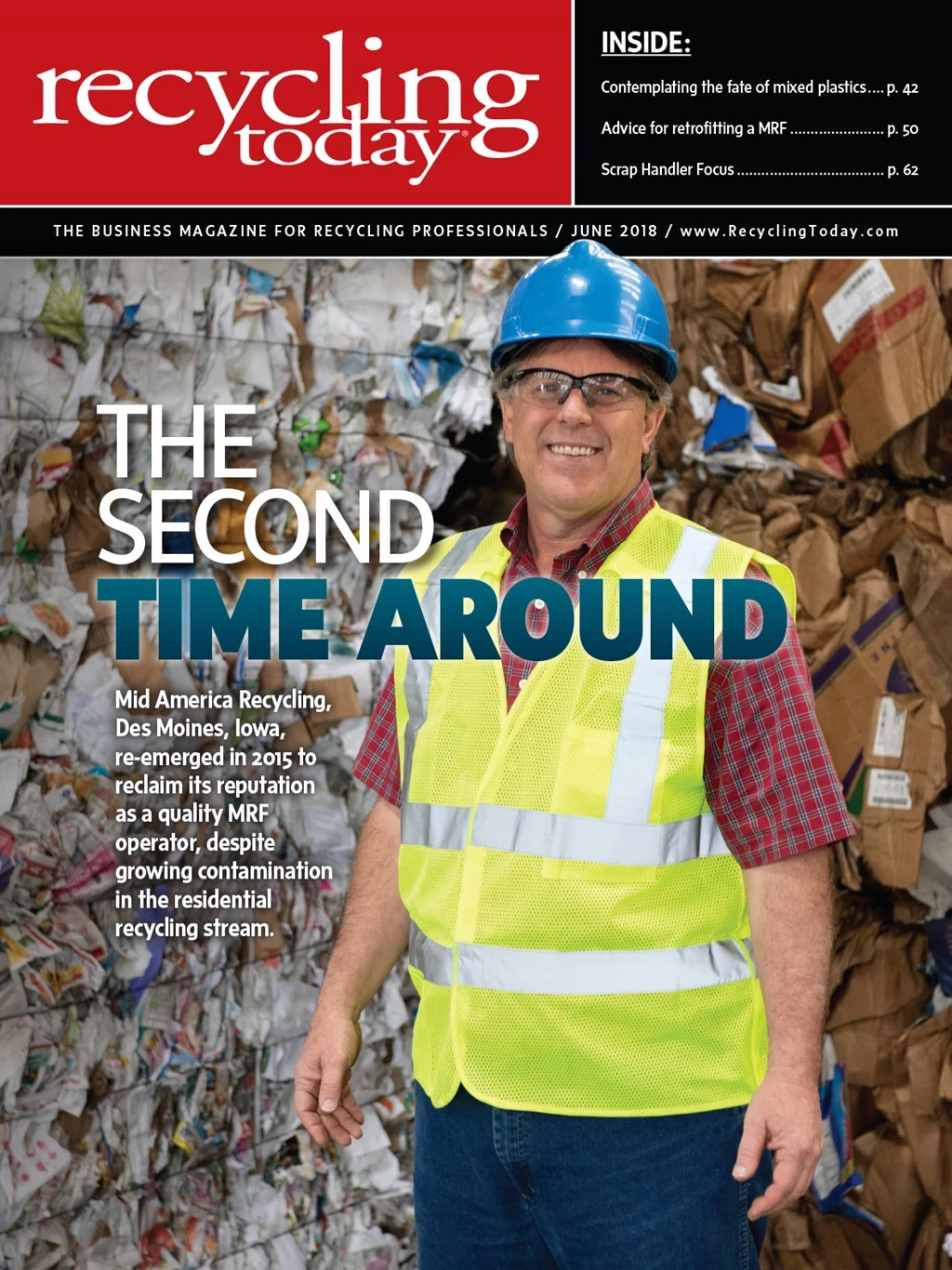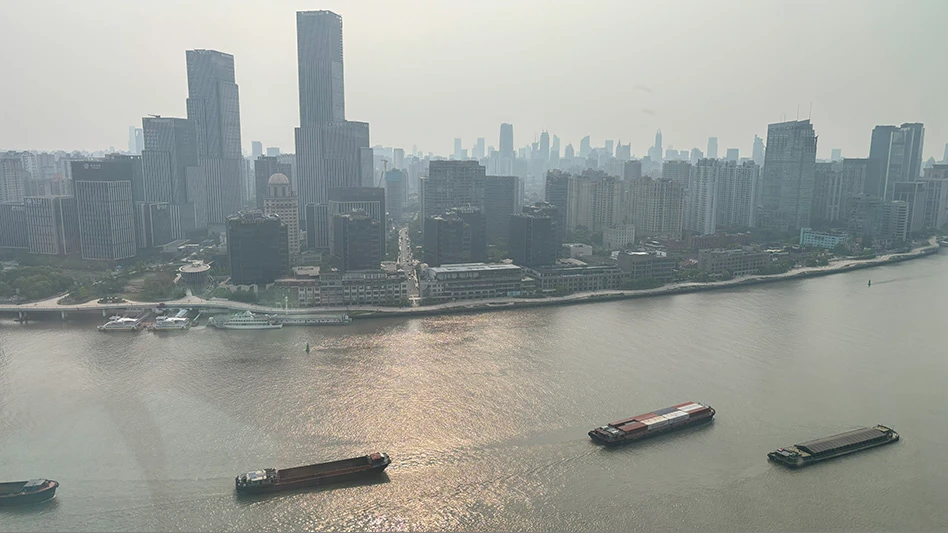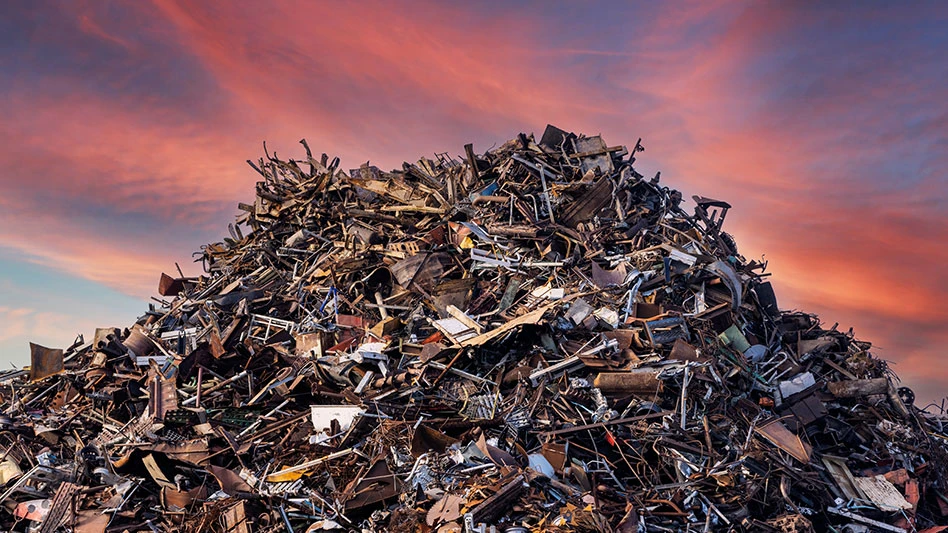China’s May 4 move to suspend U.S. operations of the company that performs
An exporter of secondary fiber off the West Coast says shipping anything to China is a “bit of a gamble” and not worth the risk. “Who would have thought [China] would ban imports of recyclables for one month anyway? So, who wouldn’t think that they could stretch it to two months? Who wants to take that gamble?”

Although CCIC NA does not inspect his company’s containers for export, it still must get CCIC NA certification to clear customs in China.
The exporter, like many at the time of the suspension, redirected shipments destined for China to “anywhere you can find a market for it.” He says these alternate markets have been in Southeast Asia and Korea, among other regions.
“All of those mills have stepped up and really supported us as far as taking the material,” the Seattle-based exporter says of these alternate markets. “They haven’t been as ugly as they could have been on price; you’re at their mercy.”
“All of those mills have stepped up and really supported us as far as taking the material.” – an exporter based in Seattle about alternate markets beyond China
Exporters had been looking forward to a new market direction after the Chinese New Year in February, but there was no noticeable change, writes Ranjit Baxi, president of the Brussels-based Bureau of International Recycling (BIR), in the April/May 2018 BIR World Mirror on Recovered Paper.
Baxi, citing U.S. government trade statistics, says that despite China being the United States’ largest trading partner, the East Asian country reduced its imports of U.S. material by 40 percent in the first quarter of 2018 to 680,000 tons. This equates to a net monthly reduction of some 420,000 tons from the average of 1.1 million tons shipped during the first quarter of 2017, he says.
“Trade barriers, changing tariffs and the increasing sea freights anticipated for the rest of the year, coupled with currency considerations, do not make it easy to forecast the market trend for the remainder of 2018, other than to say that we can expect a roller-coaster ride,” Baxi says.
The West Coast-based exporter echoes Baxi’s point when he comments, “It makes people wonder what the hell are we doing in this business? It’s as challenging of an environment as I remember.”
A Midwest-based recycler says he was looking to the months of May and June as a step forward, but that wasn’t shaping up to be the case in light of the U.S. CCIC NA suspension. He calls the move a political one, saying it “has a lot to do with policy between
“Water seeks its own level, and in some way this market will.” – a recycler based in the Midwest
Yet, he and other sources agree that the market is temporary. “Water seeks its own level, and in some
The exporter based in Seattle says, “You can’t have a huge disparity in price for long-term. That’s not how commodities work. They’ll find their equilibrium at some point.”
He points to a growth trajectory for tissue and packaging. Sources say demand for paper packaging will continue to grow globally.
Pricing for recovered fiber grades traded in the U.S. dropped by $5 per ton and $10 per ton in most regions, with the exception of $15-25 per ton increases for sorted office paper (SOP) in New York, the Southeast and Southwest, according to the May 4 P&PW Yellow Sheet from Boston-based research firm RISI. The average U.S. price for old corrugated containers (OCC) decreased to $66.94 per ton. This grade has topped $100 per ton just once in 2018, selling for $104.72 in January. OCC dipped below $100 per ton only once in 2017, selling for $96.67 in October 2017. The last time the OCC price was below $100 per ton prior to the fall of 2017 was in July 2016, when it sold for $96.11.
Mixed paper—which continues to pile up in the U.S., with sources saying many can get it for free—sold domestically for an average per-ton price of -$1.94, according to RISI.

Get curated news on YOUR industry.
Enter your email to receive our newsletters.

Explore the June 2018 Issue
Check out more from this issue and find your next story to read.
Latest from Recycling Today
- Altilium produces EV battery cells using recycled materials
- Brightmark enters subsidiaries of Indiana recycling facility into Chapter 11
- Freepoint Eco-Systems receives $50M loan for plastics recycling facility
- PET thermoform recycling the focus of new NAPCOR white paper
- Steel Dynamics cites favorable conditions in Q1
- Hydro starts up construction in Spain
- Green Cubes unveils forklift battery line
- Rebar association points to trade turmoil





